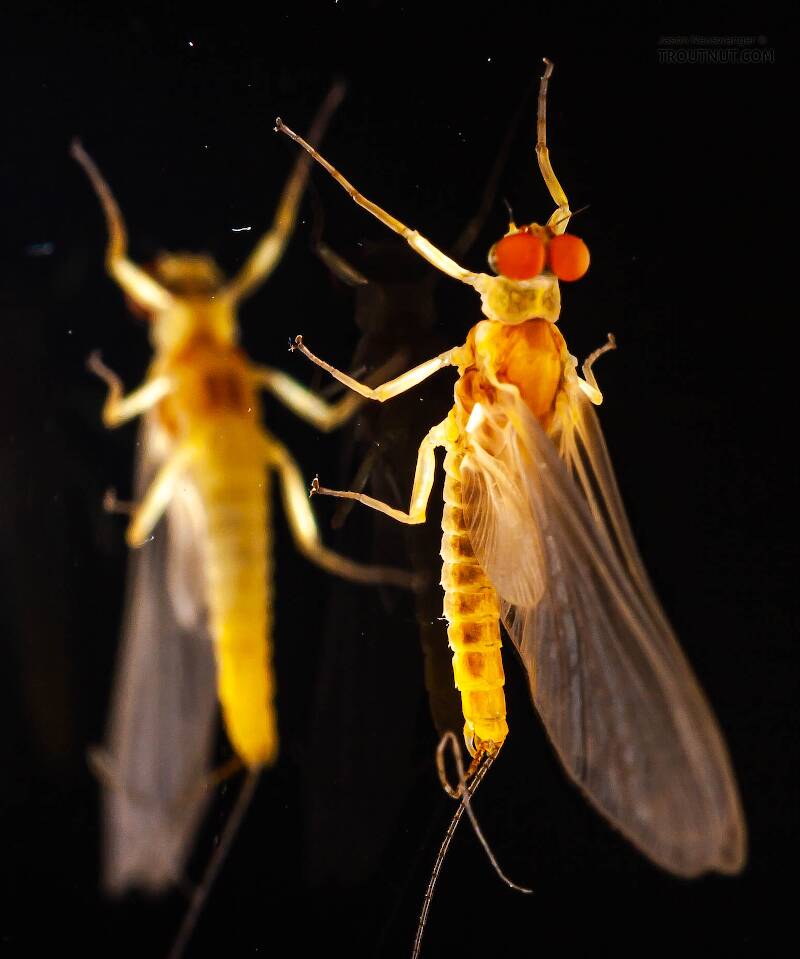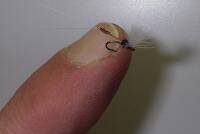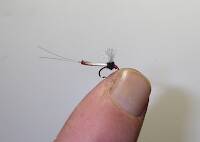
Blue-winged Olives
Baetis
Tiny Baetis mayflies are perhaps the most commonly encountered and imitated by anglers on all American trout streams due to their great abundance, widespread distribution, and trout-friendly emergence habits.
Featured on the forum

This one pretty clearly keys to Kogotus, but it also looks fairly different from specimens I caught in the same creek about a month later in the year. With only one species of the genus known in Washington, I'm not sure about the answer to this ID.

Troutnut is a project started in 2003 by salmonid ecologist Jason "Troutnut" Neuswanger to help anglers and
fly tyers unabashedly embrace the entomological side of the sport. Learn more about Troutnut or
support the project for an enhanced experience here.
Anttam on May 19, 2008May 19th, 2008, 2:10 pm EDT
any cdc patterns you nuts know of for Sulfpurs?
looking for a site with instructions or any help
looking for a site with instructions or any help
Phishheaduj on Jan 7, 2009January 7th, 2009, 4:22 am EST
hey eastern pa. if your looking to tie a sulpher with CDC just tie in a cdc parachute instead of the Palmer hackle that most patterns use. check out the book tying small flies, and the site flytyingworld.com, also during a sulpher hatch, you will clean up with a CDC emerger with a CDC nymph. but if your all about drys then go with the first pattern, use a size 18 hook, 16 will probably be to large and will be rejected, also look at very old patterns, in the hub bub of trying to improve things, much has been forgotten.
always learning
Quick Reply
Related Discussions
Topic
Replies
Last Reply
6
Mar 19, 2012
by Entoman
by Entoman





